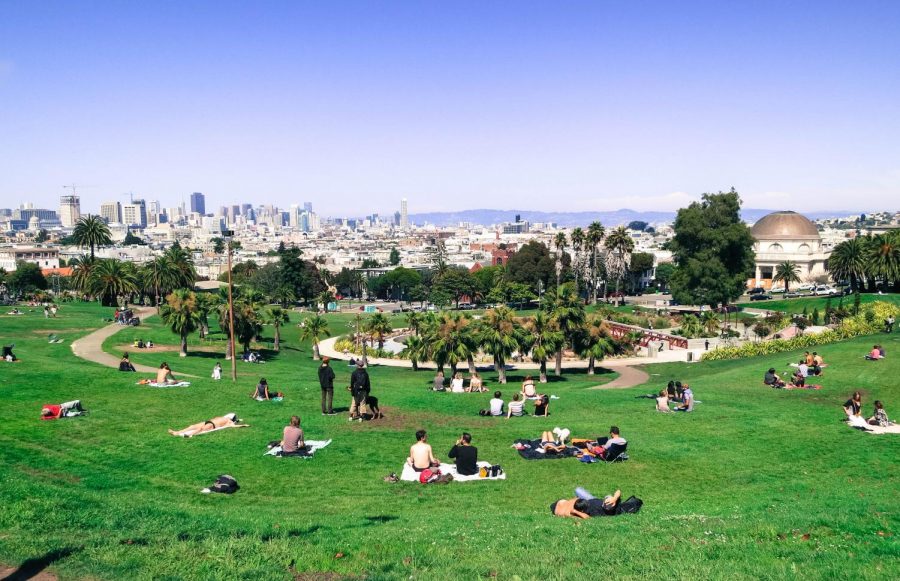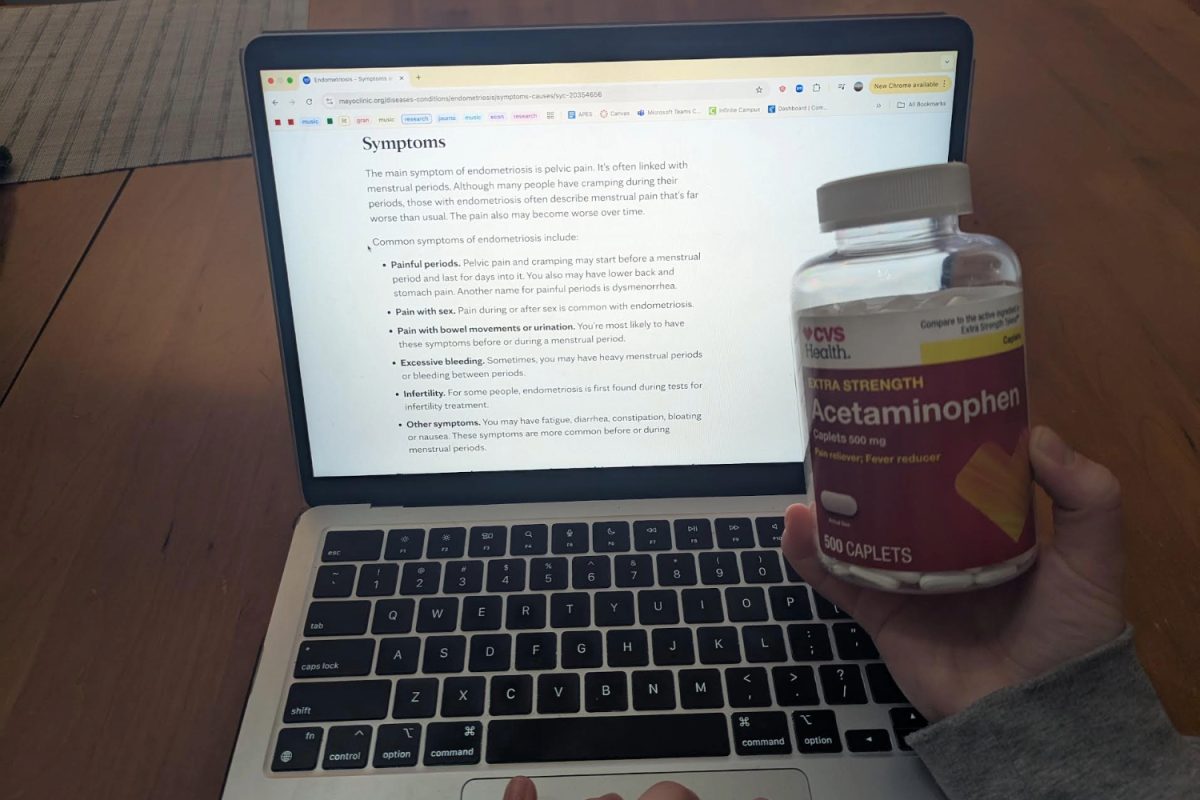In today’s modern society, open spaces are available to many at a premium. Especially to those who live in densely populated cities, parks provide one of the few places where one can walk a dog or play with their children after a tumultuous day of work and being cooped up in the house. Despite this, many cities opted to take a defensive approach to battling COVID-19 by closing these areas altogether.
Shutting down open spaces, out of health concerns, overlooks the fact that parks are significant contributors to the community’s overall health and can be used without considerable disease transmission concerns. When cities examine how they could meet COVID-19 requirements such as social distancing, they may overlook that a park’s operations can be modified instead of closed.
The most obvious benefit of leaving parks at least partially open is exercise: preventing health complications is essential now, more than ever, as the medical system is booked for months in advance, and any visit poses a transmission risk for COVID-19.
In addition, when we were all initially told to live within the confines of our homes, nobody had thoroughly considered the implications of such an arrangement, especially over such a long period. New, unexpected stressors are appearing due to the shelter-in-place, such as Zoom fatigue and cabin fever. An individual’s ability to vent these emotional tensions in this new lifestyle is more important than ever before. Exercise and other outdoor activities, which are frequently conducted in these open spaces, help alleviate emotional tensions that would otherwise be left to endlessly accumulate. When compared between 2019 and 2020, the divorce rate between March and June was 34% higher. Although park closures are not solely responsible for this increase, it is clear that removing one emotional outlet could contribute to increased emotional tension.
Although a complete closure has the theoretical potential of preventing crowds from gathering and ignoring social distancing guidelines, those eager to participate in unsafe social activities will continue to be ignorant. Closing outdoor areas will drive these people into places where transmission is more likely, such as indoor rooms with other people.
Local governments are starting to take the hint: the Half Moon Bay City Council acknowledged this fact, opting to keep beaches open during the recent Labor Day weekend. The San Francisco Department of Parks and Recreation has also recognized this issue, opting for a strategy that reduces the number of concurrent visitors by closing parking lots instead of an outright closure. This effectively allows the resource to be used while preventing overcrowding and preserving some of its value. Creative solutions such as this have immense potential when properly implemented.
The easiest way to promote health and uphold social distancing is to encourage people to spread out of doors. If the beaches and parks are closed, there is less space available for use.












